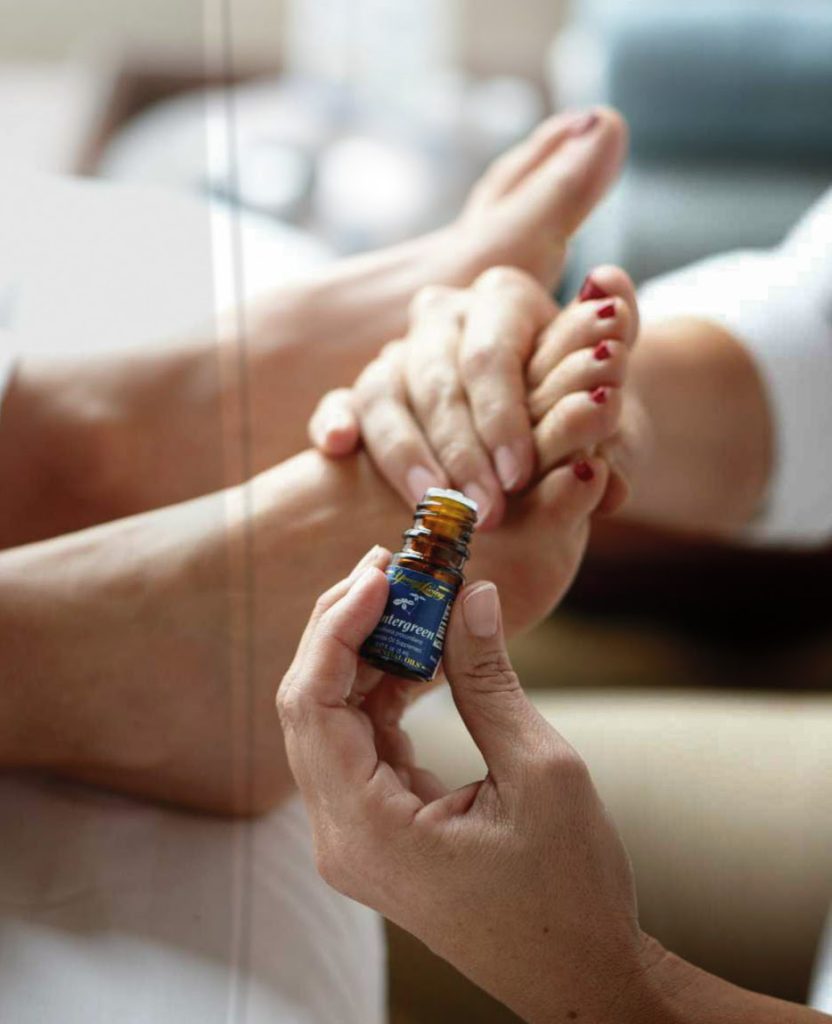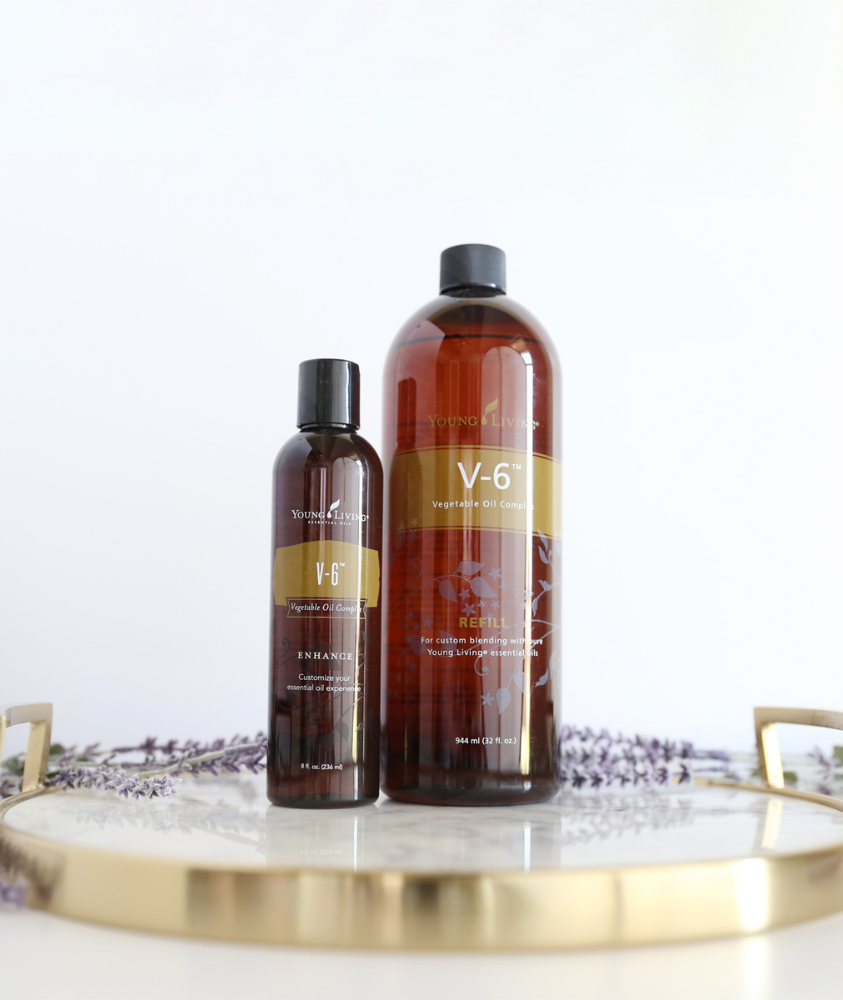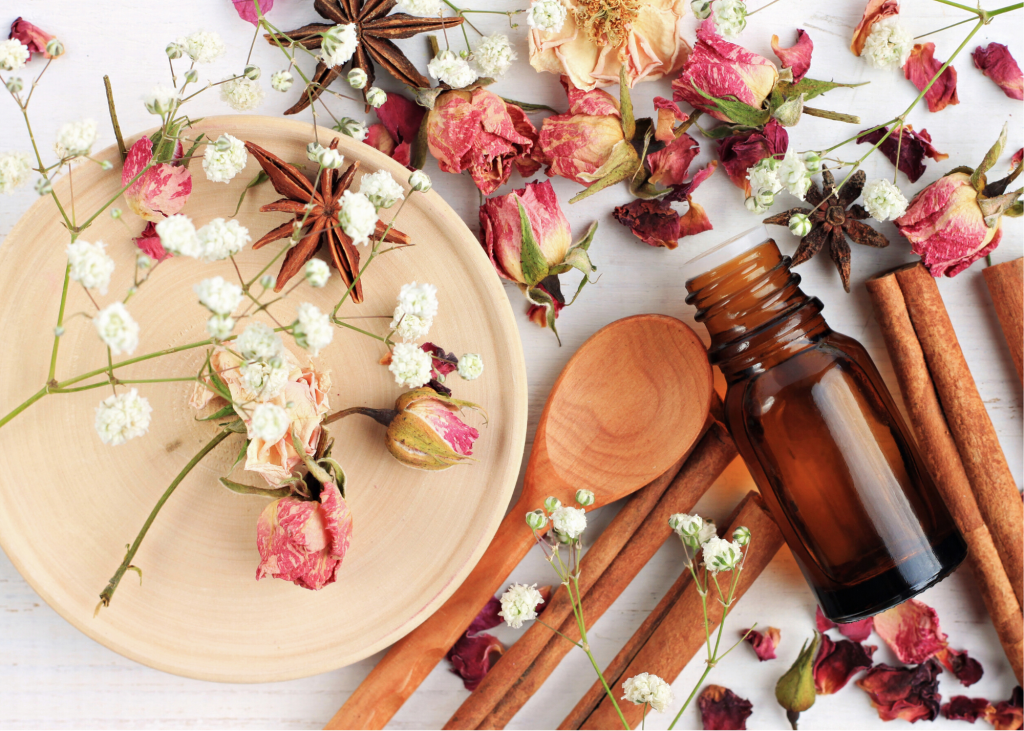Gary Young says…
17.03.2023
I’ve been pouring over my notes from seminars I attended with Gary Young (the founder of Young Living), and today I read my notes from our Raindrop Technique training in Dallas in 2000. It was full of amazing information, not just about Raindrop Technique!
Gary Young was teaching about what makes the Young Living oils so special, how to know if an oil has been adulterated, the importance of polarity when applying essential oils, and what to do if you don’t like the smell of an essential oil.
With so much wonderful information at my fingertips, I decided to write today’s Oil Temple bulletin in Gary’s own words (as scribed by me in Dallas in 2000). That particular event was so mind-blowing for me…in fact, it’s what led to me creating Raindrop Australia in 2006 (now called Aromatica), and it led to David Stewart’s CARE program.
But today’s bulletin isn’t about Raindrop Technique. Instead, it’s about many of the other gems of wisdom that Gary shared in that training. I’m sure you will love it. And in some instances where I’ve added some extra context to something Gary has talked about, you’ll know it’s my comments because I’ve put “Artemis writes”. Enjoy!!!
The correct way to inhale an essential oil

Gary explains: Take the lid off your bottle, and twirl it at your navel. Slowly bring the bottle up to your nose. When you have it at your nose, inhale the smell over your brain and feel it. Then close your eyes, hold the bottle to your left nostril, close off your right nostril and breathe in deeply.
Again, energetically pull the oil over the top of your brain and lock it in. Then repeat this process with the oil bottle held to your right nostril. Then leave both nostrils open and breathe it in.
Determine whether the smell is smooth and harmonic (as in a good quality, clean, unadulterated oil).
A good quality oil will have a smooth, complete, robust aroma with no spikes. If the smell jabs or scratches, or if you breathe through both nostrils and get firing on one side, then it’s a cut, adulterated essential oil oil.
But why do you need to start at your navel and bring it to your nose slowly? It’s because solvents rise faster than pure oils, and you are looking to detect the presence of any solvents. So raising the bottle slowly like this will often allow you to recognize that something is not right with an essential oil.
Solvents will often lead to headaches, so if someone complains to you about getting “headaches” when they have used other brands, it may be due to the solvents present.
With Young Living, our oils are so pure that any headache from using them is the result of the body releasing things it doesn’t need. We often refer to this as a detox, and it can be physical or emotional.

Artemis adds:
Did you know that Young Living tests EVERY batch of essential oils? They don’t just test random batches. And every batch goes through 90 different tests (15 tests, three times over before bottling, and 15 tests, three times over after bottling). It’s only once an oil has passed these 95 tests that it is released to us. Now that’s quality control!
Gary continues explaining: If you isolate a compound from an essential oil, it is toxic. Thus you need ALL the compounds in the essential oil, in order to balance each other out. This is why you are looking for a full, complete, smooth, robust aroma.
If something has been added in that shouldn’t be there, or taken out when it should have been left in, that’s going to create an unbalanced oil. And that’s when an essential oil can create harm to the body (of both people and animals).
The Danger with Synthetic Oils

Gary says: Because of the beautiful aroma from essential oils, perfume companies have produced synthetic versions of these aromas which are toxic to the body.
Where pure, unadulterated Peppermint oil has 800 constituents, and pure, unadulterated Lavender oil has 400 constituents, many of these constituents are ‘masked’ and therefore not easily identified, yet they work synergistically.
When you artificially produce the same aroma (as in perfumes), you are capturing only some of the chemical constituents that are present in the pure oil. These constituents don’t have the full range of other compounds to balance them, and as a result are toxic to the body.
It is interesting to note that human health has deteriorated in our society in direct proportion to the increase in the perfume industry.
Enhancing the Soil and Quality Production
Gary says: On our Young Living farms, we always put microbes, enzymes and foliage feed back into the soil to rebuild it prior to planting aromatic crops. This has led to Young Living producing oils which are very “rich” in compounds (due to the heightened health and well-being of the plants).
It makes sense, right?
Also, when distilling oils, it is essential to distill at the optimal time for that particular plant. This produces the best quality oil, and is something that Young Living puts a lot of care into. Also, our distillers are stainless steel, so there is no problem with heavy metal toxicity (which is a problem if you use Aluminium or Copper distillers).

The power of pure, unadulterated essential oils

Gary says: Essential oils have between 200 and 800 chemical constituents, of which the 3 main ones are oxygen, carbon and hydrogen. These make up respectively 65%, 18% and 10% of the human body. So they are very compatible with our human body. And it means that they bring life-giving oxygen to our body’s tissues and cells.
But not all plants produce essential oils. If the plant (or part of the plant) has an aroma, then it contains essential oils.
But essential oils are not actually an “oil” as such. They are a lipid. Our body is also made up of lipids, therefore essential oils absorb directly into our body.
Why is the Molecular Weight of an essential oil important?
Gary says: For any compound found on our Planet, the heavier its molecular weight, the more energy it takes for our body to use it. The lighter its molecular weight (eg. oxygen and water), the more beneficial that substance is for the body.

Essential oils have a range of molecular weights. Oils with a heavier molecular weight come from seeds, roots and resin (eg. Frankincense, Sandalwood, Vetiver). These will pass more slowly through the dermal shield (the skin) and into the blood supply, taking about 3-5 seconds to penetrate.
Oils distilled from plants and flowers have a lighter molecular weight (eg. Lavender and Geranium), and take only 1 second to penetrate the dermal shield.
Depending on the molecular weight of the essential oil, they reach and are absorbed into every cell of our body in 20 seconds to 20 minutes after contact with the oil. Putting them on the hands or feet is an excellent way of absorbing them.
There are 3000 pores for every square inch on your feet, so that’s a great place to put oils. The oil, once absorbed, goes wherever it is needed, and reaches every cell within 20 minutes.
Don’t like the smell of an oil?
If you don’t like the smell of essential oils, it is often because the 8 million olfactory nerves in your nose have been damaged by the use of petrochemicals. Although you may not like the smell of the oils, you need them!
Artemis adds:
Petrochemicals are rife in our world today – in fact, we can’t escape them. I heard recently that we consume the equivalent of one credit card size piece of plastic every week (just because these products have entered our waterways and food chain). Most commercial personal care products are full of petrochemicals, and that’s why Young Living created their unique range of personal care products for adults, children and animals, which are free of all known harmful ingredients.
I remember when I first started buying Young Living oils, I ordered White Angelica. I was working as a psychic, and White Angelica is designed for psychic protection. It’s perfect for any therapist or healer, for all empaths, and for anyone who is experiencing negativity or toxicity from anyone around them. So you would think that White Angelica would be perfect for me. Yet my first experience of White Angelica was repulsion. In fact, I hated it so much that I sent it back to Young Living and asked for a refund. I have to laugh about this now, because it was definitely the oil I most needed. Fortunately my relationship with it changed shortly after that experience. I heard Gary up on stage explaining that often the oil we don’t like is the oil we need…it’s just that it’s pulling things up for us to look at, that we might not want to look at! Now it’s an oil I use every day as part of my 7 Oil Ritual. And I love its aroma now!!!
Polarity & Jewellery

Gary says: Always apply essential oils from right hand to right foot, and left hand to left foot. This creates a positive polarity.
Also, when applying essential oils to your body, remove all metal jewelry, and especially remove watches and any magnetic belts or magnetic jewelry.
Always remember: Essential oils regulate not stimulate the body’s systems, including our emotions.
How to know when you have used too much oil?
Gary says: If you’ve used too much oil, it will sit on the surface of the skin and won’t absorb. If this is the case, stop adding
Should I use my oils neat or diluted?
Gary says: “Always apply your oils NEAT (ie. undiluted)! I always get criticised for applying oils neat, by people who know a whole lot less than me.”
Artemis adds:
There are only 4 times when I will mix an essential oil in with a carrier oil (such as Young Living’s V6 massage oil, or coconut or olive oil). These are:

1. If I know it’s a hot oil and it’s likely to irritate the skin. And I’ll be honest – for me I usually put the essential oil on first (neat), then I wait 20 seconds to 2 minutes for it to absorb, and then – if there is any irritation – I’ll put a carrier oil over the top. That’s something that Gary taught me.
2. If I’m giving a massage, I’ll dilute the essential oil so that it goes further over the body. In this instance, I’ll make up my own massage oil blend, or (more often) I’ll use one of Young Living’s specially blended massage oils – whichever one fits my mood or my need for that day and that client.
3. If I’m applying essential oils to a young child or a small animal (or a cat of any age), I will usually dilute the oil first in V6 massage oil (or other vegetable oil like coconut or olive oil). Why would I do this for young people and young animals, but for cats of any age? It’s because cats are missing an important enzyme to help them break down plant chemicals, so their body can become overwhelmed with too much essential oil applied neat to their skin. A good rule of thumb when applying essential oils to cats is to always use diluted oils (unless your cat is under the care of a Vet or Animal Health Professional who advises otherwise).
4. If I’m cooking with essential oils and I want the oil to mix better through the food, I may add it to a small amount of olive oil or coconut oil, and then stir that through the food.
How to Order

If you have a wholesale account with Young Living, order through the shopping cart on your virtual office, or via phone with your local Young Living office.
If it’s been more than 12 months since you’ve ordered, or you’ve never set up an account, reach out to the person who introduced you to Young Living.
You’ll need their member number when you place your first order.
If you’ve lost touch with them, or need assistance, we’re here to help. Click on the button below, and we’ll be in touch to help answer your questions.
